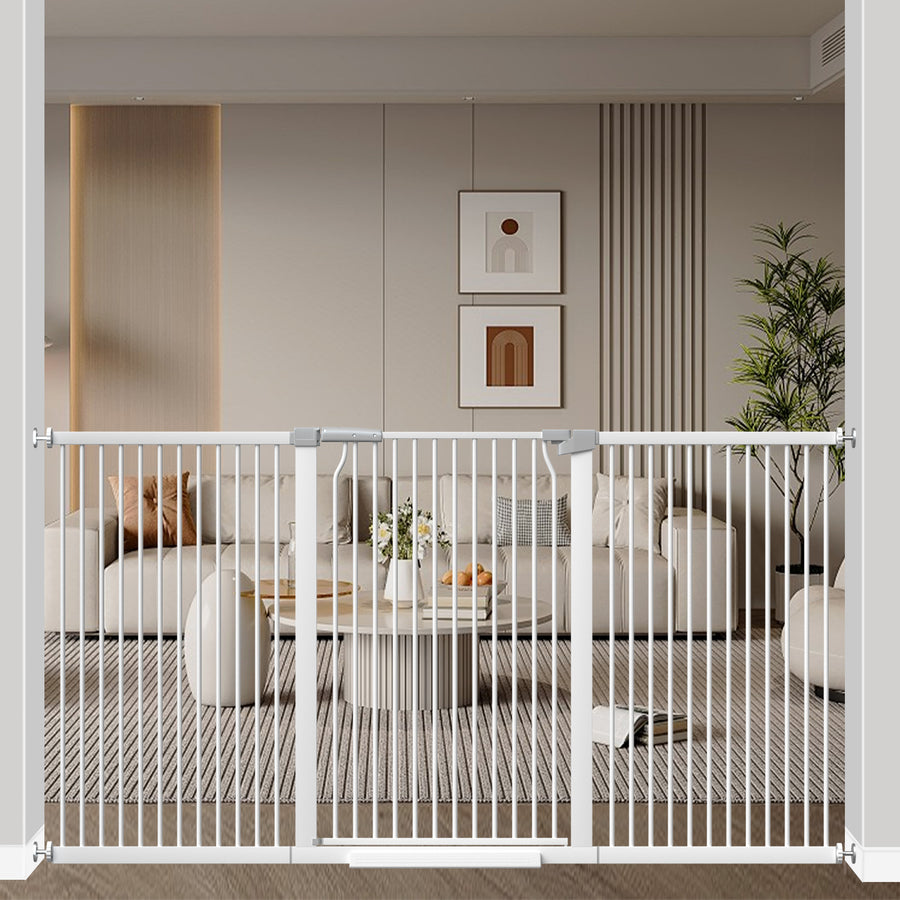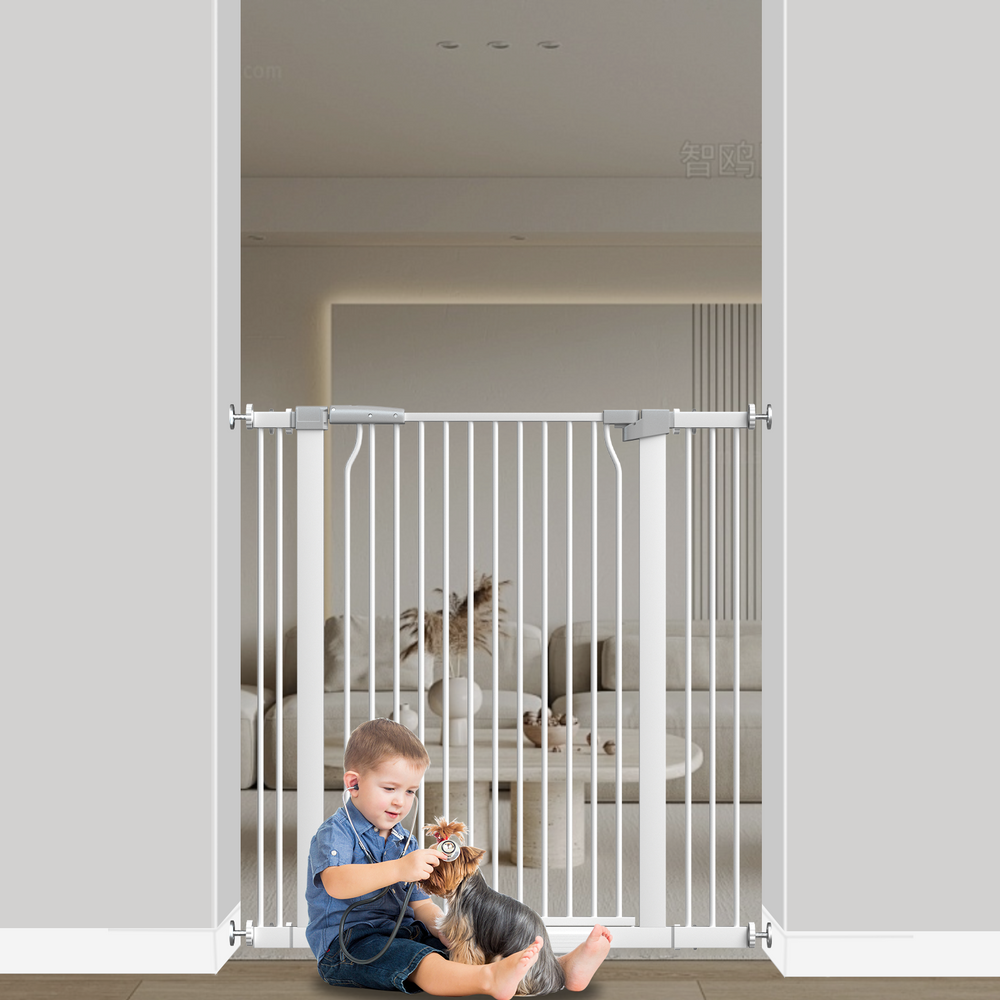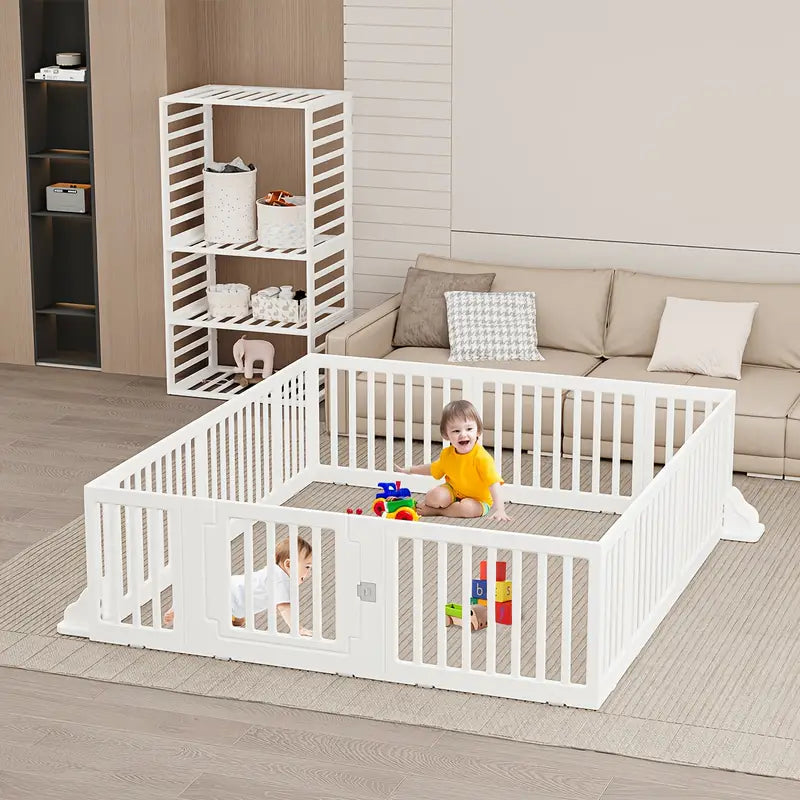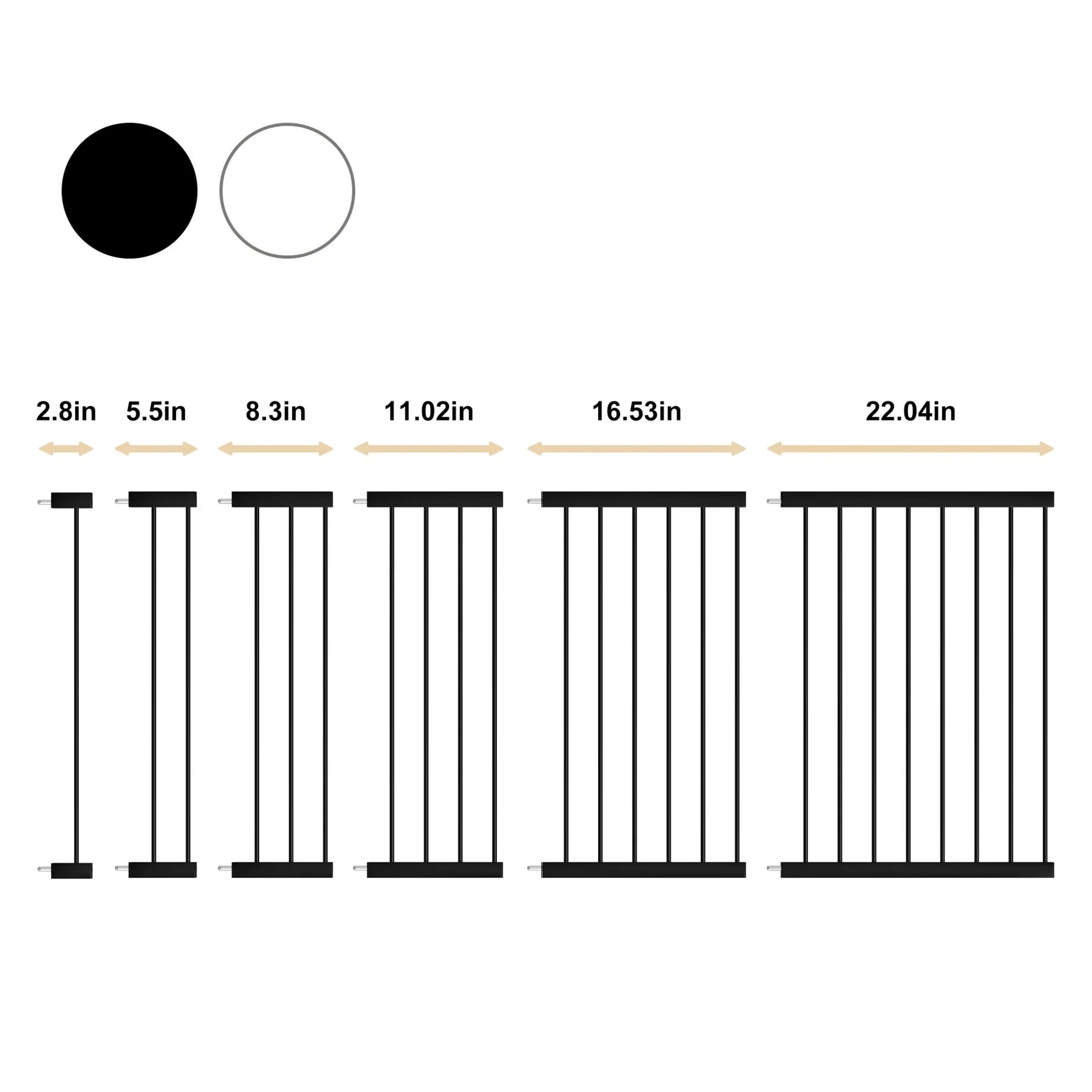Essential Tips for Preventing Falls in Infants: Keeping Your Baby Safe at Home
Creating A Safe Environment For Your Baby
It's amazing how quickly babies develop, isn't it? One minute they're just lying there, and the next, they're rolling, crawling, and pulling themselves up on everything. That's why creating a safe environment is so important. Think of your home as a playground that needs some serious safety checks. You'd never let your kid run wild in a park full of hazards, right? Your home should be no different.
Remove Hazards From Your Home
Okay, let's talk specifics. What exactly are we removing? Small objects are a big one. Think coins, buttons, small toys, anything that can fit in their mouth. Babies explore with their mouths, so anything within reach is fair game. Also, watch out for cords. Lamp cords, blind cords, anything dangling is a potential strangulation hazard. Tuck them away, shorten them, or use cord shorteners. And don't forget about plants! Some houseplants are poisonous if ingested. Do a quick search to make sure yours are safe, or move them out of reach. Here's a quick list to get you started:
- Small objects (coins, buttons, etc.)
- Cords (lamp, blind, appliance)
- Poisonous plants
- Cleaning supplies and medications (locked away, of course!)
- Anything breakable or sharp within reach
Secure Heavy Furniture
This one's huge. Babies love to pull themselves up on things, and if that thing isn't stable, it can topple over. We're talking bookshelves, dressers, TVs – anything heavy. Anchor them to the wall. It's a simple fix that can prevent a serious accident. You can find furniture straps at most hardware stores. It's a small investment for a big peace of mind. I remember when my cousin's kid pulled a bookshelf over – thankfully, he was okay, but it was a close call. Don't wait for something like that to happen to you.
Use Non-Slip Mats
Hard floors can be treacherous for new walkers. Slippery surfaces can lead to falls, bumps, and bruises. Put non-slip mats under rugs to keep them from sliding around. Use them in the bathroom, especially near the tub and sink. And consider adding them to other areas where your baby likes to play or practice walking. It's a simple way to add a layer of protection. We had hardwood floors when my little one was learning to walk, and those mats were lifesavers. Seriously, they prevented so many tumbles. I even put some non-slip mats in the kitchen, because that's where we spent most of our time.
Creating a safe environment is an ongoing process. As your baby grows and develops new skills, you'll need to reassess your home and make adjustments. It's not a one-time thing. Stay vigilant, and you'll create a space where your baby can explore and learn safely.
Supervision Is Key
Never Leave Your Baby Unattended
Seriously, never. I know it sounds obvious, but it's so easy to think, "Oh, I'll just run to the other room for a second." Those seconds can be all it takes for a fall to happen. Babies are quick, and their movements are unpredictable. Even if they can't roll over yet, they might surprise you. Always keep your eyes on your baby, especially when they're on a changing table, bed, or any elevated surface. It's just not worth the risk.
Keep Within Arm's Reach
This one's about being proactive. If you're near your baby, you can react quickly if they start to wiggle or move in a dangerous way. Think of it like this: you're their personal safety net. Whether they're playing on a blanket on the floor or sitting in a bouncer, being close means you can prevent a potential tumble before it even starts. Plus, it's a great way to bond and interact with them. I find that singing silly songs keeps them entertained and me close by. You can find more information about child safety online.
Monitor Playtime Activities
Playtime is crucial for development, but it's also prime time for potential accidents. As babies grow, they become more mobile and curious, which means they're more likely to try things that could lead to a fall.
- Make sure the play area is safe and free of hazards.
- Use age-appropriate toys that won't tip over or break easily.
- Be extra vigilant when your baby starts to crawl, pull up, or cruise along furniture.
It's easy to get distracted during playtime, especially if you're trying to multitask. But remember, your baby's safety should always be your top priority. Put away your phone, turn off the TV, and give them your undivided attention. This way, you can spot potential dangers and intervene before an accident happens. If you are having trouble with your myshopify.com security, contact the site owner.
Safe Use Of Baby Equipment

Always Use Safety Straps
When it comes to baby equipment like high chairs, swings, and bouncers, those straps aren't just for show. Always, always use them. I know it can be a hassle, especially when you're trying to get things done quickly, but it's a must. Make sure they're snug but not too tight – you should be able to fit a finger between the strap and your baby. And double-check that they're properly fastened every single time. It only takes a second for a baby to wiggle or lean too far and potentially fall.
Avoid Baby Walkers
Okay, let's talk about baby walkers. I know some people swear by them, but honestly, they're just not worth the risk. They can actually delay walking development, and more importantly, they're a major fall hazard. Babies in walkers can move super fast and get into things they shouldn't, like stairs or hot stoves. Canada has even banned baby walkers because of how dangerous they are. A stationary activity center is a much safer bet.
Baby walkers give babies mobility before they have the judgment or skills to navigate safely. This can lead to falls and other injuries. It's better to let your baby develop their motor skills naturally without the aid of a walker.
Choose Safe High Chairs
When your little one is ready to join you at the table, a high chair is a game-changer. But not all high chairs are created equal. Look for one with a wide, stable base to prevent tipping. Make sure the tray latches securely, and always use the 5-point harness. Never place the high chair near tables or countertops where your baby could push off and tip it over. And, of course, never leave your baby unattended in the high chair, even for a second.
Preventing Falls In The Bathroom
The bathroom can be a surprisingly hazardous place for infants. Water, smooth surfaces, and hard fixtures create a perfect storm for slips and falls. It's important to take proactive steps to minimize these risks and ensure your baby's safety during bath time and beyond. I remember when my little one started crawling, the bathroom suddenly became a whole new adventure zone – and a source of constant worry for me!
Use Non-Slip Bathmats
A non-slip bathmat is your first line of defense against falls in the bathroom. Place one inside the tub or shower and another on the floor outside to catch drips. Make sure the mats are securely attached to the surface to prevent them from sliding around. I found that the ones with strong suction cups worked best for our tub. It's a simple thing, but it makes a huge difference.
Keep Bath Time Supervised
This one seems obvious, but it's worth repeating: never, ever leave your baby unattended in the bathroom, even for a second. Babies can slip and fall in the blink of an eye, and even a shallow amount of water can be dangerous. Keep your eyes glued to your little one during bath time, and keep everything you need within arm's reach. It's also a good idea to turn off the hot water to prevent accidental scalding.
Avoid Slippery Surfaces
Beyond bathmats, be mindful of other slippery surfaces in the bathroom. Clean up spills immediately, and consider using non-slip cleaners on the floor. Avoid using oily lotions or soaps that can make the tub or shower more slippery. I switched to a gentle, tear-free baby wash that didn't leave a residue, and it helped a lot. Also, make sure to dry your baby thoroughly after the bath to prevent slips on the way out. You can also use absorbent mats on the floor.
Creating a safe bathroom environment is an ongoing process. As your baby grows and becomes more mobile, you'll need to adapt your safety measures accordingly. Regularly inspect your bathroom for potential hazards and make any necessary adjustments to keep your little one safe.
Here's a quick checklist to keep in mind:
- Always keep one hand on your baby when they're on a changing table.
- Use safety straps on changing tables and high chairs.
- Install window guards to prevent falls from windows.
Managing Stairs And Elevations
Stairs can be a real danger zone for little ones. They're just learning to navigate the world, and stairs present a whole new set of challenges. It's not just about the height; it's also about coordination, balance, and understanding the concept of 'down'. We need to be proactive in making these areas as safe as possible.
Install Safety Gates
Safety gates are your first line of defense. They physically prevent your baby from accessing the stairs unsupervised. But not all gates are created equal. Make sure you get ones that are specifically designed for stairs, especially at the top. Pressure-mounted gates are fine for doorways, but at the top of stairs, you need a gate that's securely screwed into the wall. This prevents the gate from being pushed over. Also, avoid accordion-style gates, as they can pose a pinching hazard. Keep the safety gates in place until your child is reliably walking up and down stairs independently.
Teach Safe Stair Use
Once your child is old enough, start teaching them how to use the stairs safely. This isn't a one-time lesson; it's an ongoing process. Show them how to hold onto the handrail, and emphasize the importance of taking one step at a time. Supervise them closely during these early learning stages. Make it a habit to always hold the handrail. You can even make it a fun game to encourage them. Positive reinforcement works wonders! It's also a good idea to teach them how to go down stairs backwards on their bottoms before they attempt to walk down. This can help them develop a sense of balance and control.
Keep Stairs Clear Of Obstacles
This one seems obvious, but it's easy to overlook. Clutter on the stairs is a tripping hazard for everyone, not just babies. Toys, shoes, bags – anything left on the stairs can cause a fall. Make it a rule to keep the stairs clear at all times. This includes making sure that the carpeting is secure and in good repair. Loose rugs or worn spots can also be tripping hazards. Regularly inspect the stairs for any potential dangers and address them promptly. Consider adding stair treads for extra grip, especially if you have hardwood stairs.
Keeping stairs clear of clutter is a simple yet effective way to prevent falls. Make it a habit to do a quick sweep of the stairs every day to ensure they are safe for everyone in the family.
Window Safety Measures

Windows can be a surprisingly big hazard for little ones. Babies and toddlers are curious, and windows offer a tempting view of the outside world. But without proper precautions, a window can quickly become a source of serious injury. I never really thought about it until my cousin's kid almost fell out of a second-story window. Scared us all half to death!
Install Window Guards
Window guards are a must, especially on upper floors. They act as a physical barrier, preventing kids from falling out. Make sure they're properly installed and that they have an emergency release in case of a fire. You don't want to trade one danger for another. I found some great window guards at a local hardware store, and they were surprisingly easy to install.
Keep Furniture Away From Windows
Kids are climbers. If you put a chair, bed, or anything else climbable near a window, you're basically inviting them to try and reach the windowsill. Move furniture away from windows to eliminate this temptation. It's a simple fix that can make a big difference. We rearranged our living room and it made a huge difference in my peace of mind.
Secure Screens Properly
Window screens are designed to keep bugs out, not kids in. Don't rely on them to prevent falls. Make sure your screens are securely attached, but still, consider them more of a bug deterrent than a safety device. I've seen screens pop out with very little pressure, so it's definitely not something to depend on. Think of it like this:
Screens are flimsy. They won't hold a child's weight. Always supervise children around windows, even if screens are in place. It's better to be safe than sorry.
Outdoor Safety Considerations
Watch For Uneven Surfaces
When your little one starts exploring the great outdoors, it's easy to get caught up in the excitement. But remember, the outside world isn't as predictable as your living room. Uneven surfaces like bumpy grass, sloping lawns, and even just plain old hills can be tricky for unsteady toddlers. Always keep a close eye on them to prevent tumbles. I remember when my daughter was learning to walk, she tripped over a tiny root in the yard and ended up with a face full of grass. It's all part of the learning process, but being vigilant can minimize those little accidents.
Supervise Outdoor Play
Supervision is key, plain and simple. It's not enough to just let them run wild in the backyard while you're distracted. Active supervision means being present and engaged. This is especially important at playgrounds. Slides and monkey bars can be dangerous, so try to find playgrounds with soft surfaces under the equipment. And even with constant adult supervision and protective netting, many children are injured on trampolines. It's best to keep your child off of them.
Avoid Climbing On Furniture
Just because it's outside doesn't mean the rules change. Outdoor furniture isn't a jungle gym. Kids are natural climbers, but patio chairs and tables aren't designed for that kind of activity. Make sure they understand that climbing on outdoor furniture is off-limits. It's a recipe for disaster, and a fall from even a short height can lead to injuries. I've seen kids try to scale picnic tables, stack chairs to reach something, and even attempt to climb trees without proper support. It's our job to teach them safe play habits, even when they're itching for adventure. Keep them grounded, literally.
Creating a safe outdoor play area involves more than just removing obvious hazards. It's about anticipating potential risks and setting clear boundaries. Consistent reminders and gentle redirection can go a long way in preventing accidents and fostering a safe environment for your child to explore and grow.
Final Thoughts on Keeping Your Baby Safe
In the end, keeping your little one safe from falls is all about being aware and proactive. Babies are naturally curious and will explore their surroundings, which can lead to tumbles. By removing hazards, using safety gear, and always keeping an eye on them, you can help prevent accidents. Remember, it’s okay for babies to fall sometimes as they learn to walk, but with these tips, you can make sure those falls are as safe as possible. Stay vigilant, and trust your instincts as a parent. Your attention can make a big difference in keeping your baby safe at home.






Leave a comment